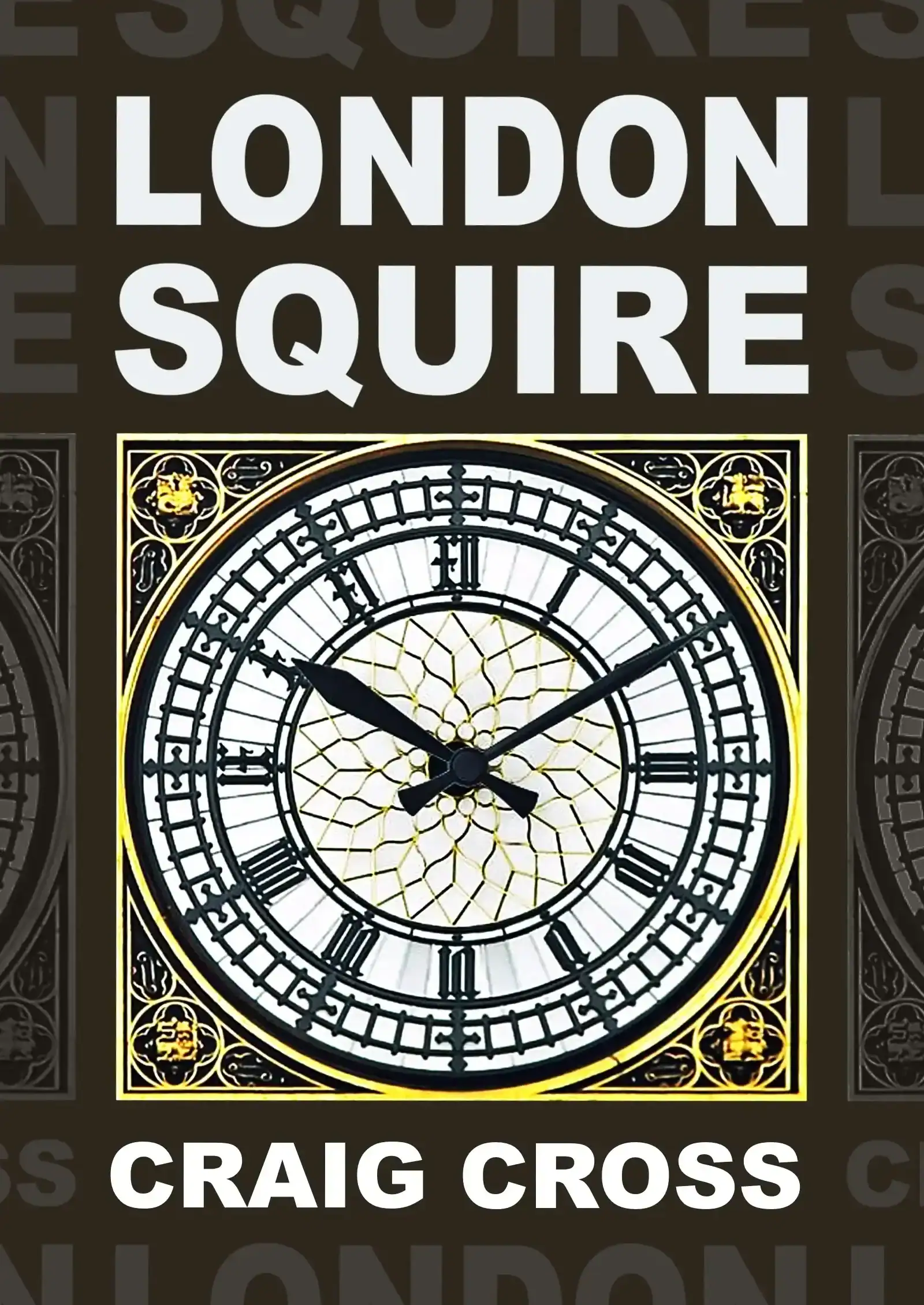The first things you’ll see are some big Victorian steam machines by James Watt and Trevithick. The entrance hall is like a big factory floor filled with iron turbines, pumps and pulleys, with huge wheels making shrieks and squeals and wheezing noises as if they’re still alive. If you’re interested in the history of pistons from the years 1715 to 1904 then you’ll probably have a great time, but if you’re not (which is 99% of us, I’m guessing) then head straight through the door towards Exploring Space.
Exploring Space gallery
This is where you’ll find a few rocket stages suspended from the ceiling, a model of the Russian Sputnik, the British Beagle that crash-landed on Mars, the Apollo 10 Command Module that splashed down in the sea, and a full-size copy of the lander that put man on the moon. Apollo 11 is standing in a dusty little moonscape covered in a flimsy gold foil that’s not much thicker than a Kit Kat wrapper, and has so many funnels and struts coming out of it that you wonder how on earth it could fly. It’s amazing they even got it off the launchpad, let alone land it on the moon.
The space gallery also contained the only hands-on exhibit that I dared to touch all day… I had to put my hands through a perspex tube into some bulky astronaut’s gloves and then try and tighten up some nuts and bolts. I don’t mean to boast but I actually found it pretty easy. Maybe I’m in the wrong job.
Making the Modern World gallery
After that comes Making The Modern World. This huge room contains some very famous vehicles like the Puffing Billy steam train, Stephenson’s Rocket, and those rickety old cars from Downton Abbey that are made out of levers, leather and wood. It’s a bit like Madame Tussauds for vehicles.
Information Age has a few interesting bits and pieces about satellites and communication equipment, but most of it is just old telephones (those rotary dial phones you had at home when you were a kid) plus a load of supposedly ‘old’ mobile phones that you probably still have gathering dust in your cupboards. This is the gallery where you’ll start to feel very old indeed because you’re entering a world where flip-phones and fax machines are museum pieces.
When I was at school we learnt to program on the BBC Micro and played games on the Commodore 64 – they’re both on display here like they’re ancient artefacts! They talk about floppy disks like they’re wax tablets from Roman times. They’ve got an old copy of Windows 95 that I distinctly remember buying in the nineties.
Early airplanes in the Flight gallery
My favourite floor is Flight. You won’t believe this gallery when you first walk into it because you’ll see bi-planes, jet planes and helicopters hanging from the roof. It’s worth seeking out just for the total surprise of walking into an aircraft hangar three floors up. It begins with those canvas-winged pedal planes that had bicycle wheels on the bottom. Then there’s a Spitfire, Hawker Hurricane and a Messerschmitt still dogfighting in the sky, followed by a cutaway cockpit that you can climb up inside. There are massive racks of dismantled airplane engines as well.
The medicine section is another interesting part of the museum because they’ve got life-size mock-ups of doctors’ surgeries throughout the ages. They’ve got Roman field hospitals, a plague-ridden street scene from medieval London, Navy doctors amputating arms on the deck of a Napoleonic warship, an intensive care unit, and even a full-size operating theatre complete with waxwork surgeons working on a waxwork patient.
3D film in their IMAX cinema
I finished the day off with a movie in their IMAX cinema. I get the impression that most of their ‘movies’ are actually just documentaries – the same kind that you might find on the Discovery Channel at home, but Legend of Apollo tried to go one better by claiming it was 4D. But it turns out that 4D is exactly the same as 3D except you get warm water sprayed in your face. When the rocket took off the seat shook about a bit and this was supposed to simulate what the astronauts experienced as they took off in Apollo. They also blew some soapy bubbles around the auditorium to simulate the smoke. Then we landed on the moon (more shaking) and had a walk around the lunar surface (more shaking). Then the rocket took off again (more shaking) and entered the earth’s atmosphere (more shaking) and landed in the sea (water got sprayed in my face).
To sum it all up then… pretty much every guidebook labels this place as being good for kids but I think it all depends on whether they’re interested in space and airplanes. Adults will find the old phones and computers interesting because it’s a trip down memory lane for them, but it’s different for kids. So if you’re trying to decide between this and the Natural History Museum then I’d go for the Natural History Museum every time.
I also recommend… If you enjoy this then try Natural History Museum (you can walk it in less than 3 mins) and Royal Observatory (travel from South Kensington to Greenwich by underground). You can find some more inventions at the Design Museum
How to get to the Science Museum
| Fare zone | Cash | Oyster & Contactless | Travelcard | ||||
|---|---|---|---|---|---|---|---|
| Single fare | Single fare | Daily cap | One day | ||||
| Peak | Off-peak | Peak | Off-peak | Anytime | Off-peak | ||
| Bus | n/a | 1.75 | 5.25 | 6 | |||
| Train (zone 1) | 7 | 2.90 | 2.80 | 8.90 | 8.90 | 16.60(zone 1-4) | 16.60(zone 1-6) |
| Train (zone 1-2) | 7 | 3.50 | 2.90 | 8.90 | 8.90 | ||
| Train (zone 1-3) | 7 | 3.80 | 3.10 | 10.50 | 10.50 | ||
| Train (zone 1-4) | 7 | 4.60 | 3.40 | 12.80 | 12.80 | ||
| Note: Prices are correct as of | |||||||
 London Squire guidebook – Check out my guidebook available to buy at Amazon, Apple and Kobo. I’ve spent the last twenty years visiting London’s landmarks, attractions and hotels and collected all of my reviews, example itineraries, advice about using the buses and trains, and handy practical info into an eBook, along with 650 original photographs
London Squire guidebook – Check out my guidebook available to buy at Amazon, Apple and Kobo. I’ve spent the last twenty years visiting London’s landmarks, attractions and hotels and collected all of my reviews, example itineraries, advice about using the buses and trains, and handy practical info into an eBook, along with 650 original photographs
Related articles and events
Search for museum exhibitions in London, museum exhibitions today, tomorrow, this weekend and during August and September, or see what’s on in South Kensington






Your comments (6)
Are you going? Have you been?
Ask a question, or share your experience of the Science Museum
Andrew Would like to know, based on your experience, if kids can still ‘press those buttons’ and conduct hands-on activities as was the case many years ago. I surmise in the technologically developed times children are living in today, such a museum is compelled to offer 3D movies and other modern day venues to keep up with the ‘Tates’.
Craig The last time I went there were still plenty of interactive displays and buttons to press, sure. They weren’t quite as much fun as I remember them from my youth, though (maybe that’s because I’m over 40 now!). The best place i’ve been to with buttons to press for people in my age bracket is the Churchill War Rooms. If you go into the Churchill Museum bit, then you can bring up loads of stuff on the maps, like the front lines and photos and quotes.
M Spake How long do you recommend spending here? how long are the queues to get in normally?
Craig Hi M Spake. Personally I would say 2-3 hours is plenty, but being a science museum there is lots of reading to do, so if you take your time perusing all the plaques then you can easily spend 3+ hours. And then you can add on another hour in the IMAX cinema if you want to watch a 3D movie. The queues are nothing to worry about, I’ve never been waiting longer than 5 minutes.
ali Is it free.
Craig Hi Ali. It’s free to get in. They do try and get a donation out of you at the entrance, but that’s up to you. There are some extra things inside which you do have to pay for, like the flight simulators, IMAX cinema, and any temporary exhibitions that they might have on.
Leave a comment (no need to register)
More London museums Viator (a Tripadvisor company) Pre-book your museum entry tickets, or take a tour in the company of an expert guide · Free cancellation if made at least 24 hours in advance * restrictions apply